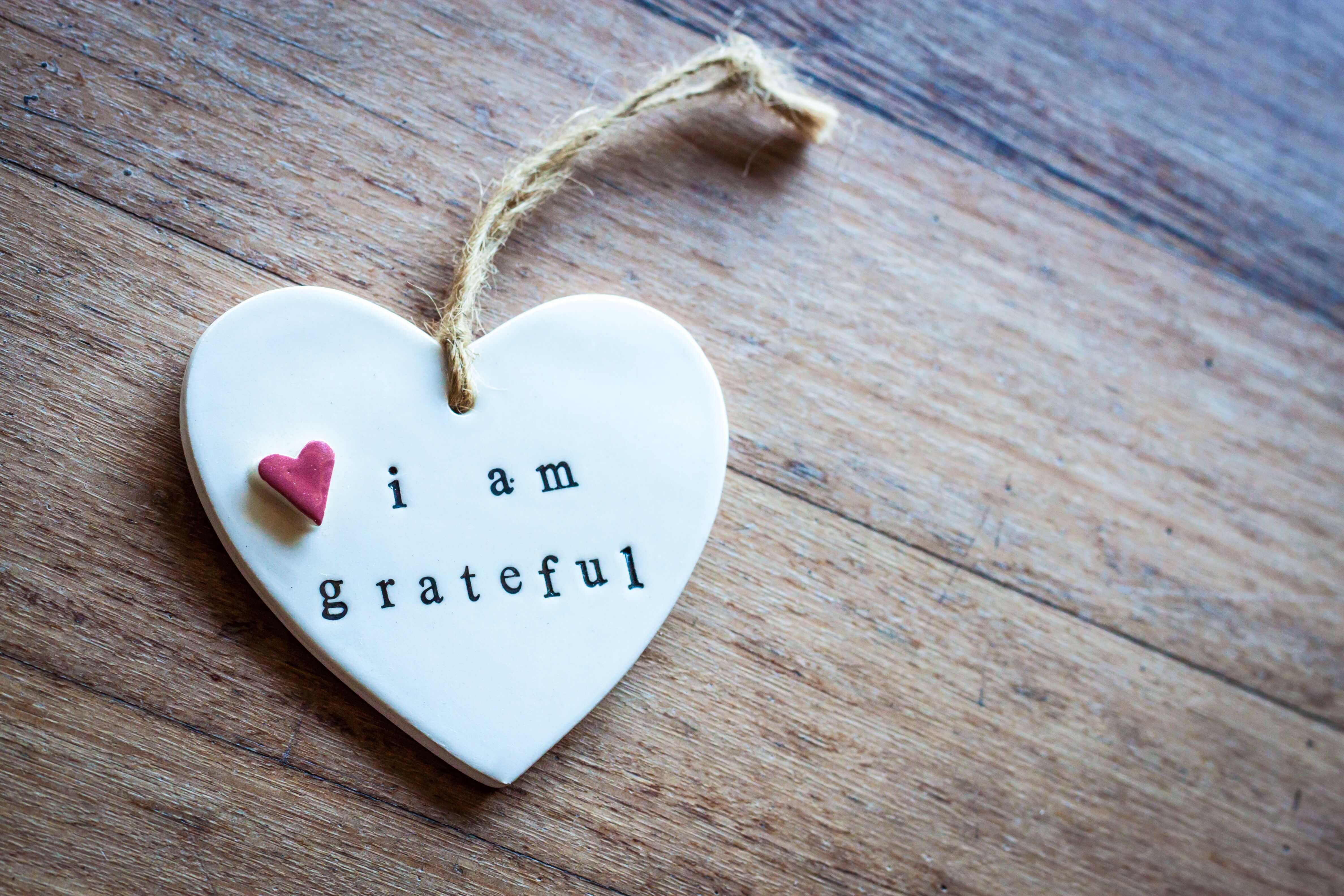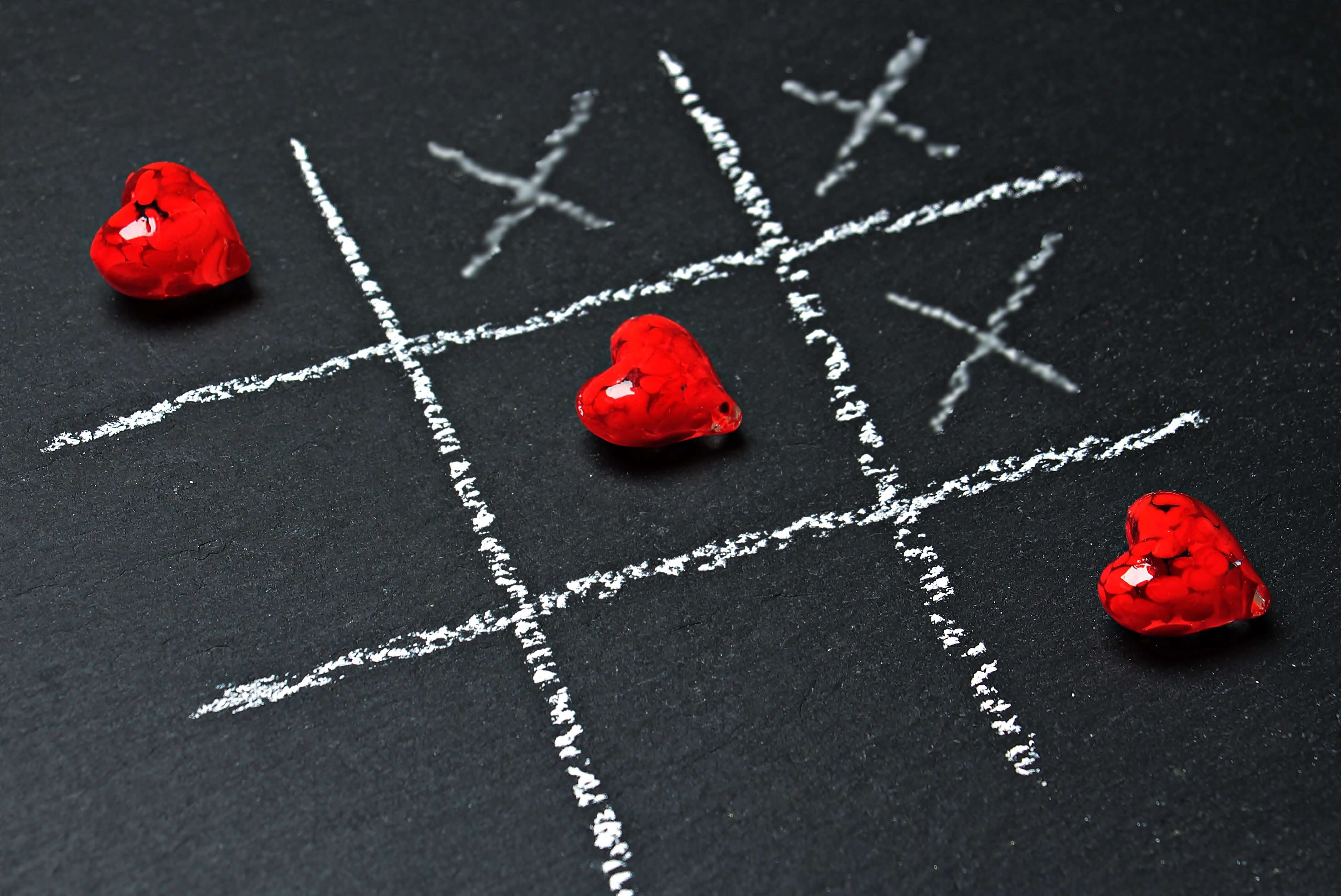
Mindfulness is described in the dictionary first as the quality or state of being conscious or aware of something. Followed by its second meaning – a mental state achieved by focusing one’s awareness on the present moment, while calmly acknowledging and accepting one’s feelings, thoughts, and bodily sensations. Mindfulness helps you clear your head and get ready to start the day ahead more productively.
With the SATs around the corner, it is a great time to try some doing mindfulness exercises with your child. This will help them to be calmer and will help build up confidence before the tests. Thus, we have prepared a series of mindfulness exercises which you can practice with your child.
Diary of Gratefulness
Part of being mindful is expressing gratitude every day. Ask your child to think of the things they are thankful and grateful for and then make a list of them. If you repeat this exercise daily, it will help your child feel happier and more fulfilled. This could be physical things such as a phone or a watch or even things we might take for granted such as our eyes or our nose. Ask your child to pause for a moment and appreciate all the hundreds of things their eyes have seen during the school day. This process of remembering the things we are grateful for can make a huge difference to our mindset. Not only that but science has proved that being grateful is great for our health! A study conducted by the University of California found that practising gratitude improved the immune system, lifted mood, helped prevent anxiety and even helped with sleep!

Mindfulness Breathing
Practice together with your child! Begin by concentrating on breathing and nothing else, at first it may seem like an easy task but it is quite tricky in reality! Start by sitting somewhere comfortably and quiet. Close your eyes and breathe slowly and deeply through the nose, then concentrate on your breath. Notice how it is cooler when you breathe in and warmer when you breathe out. Do this for a couple of minutes. This technique allows to become a part of the present moment, the here and now. It can help calming down, relaxing and focusing.
Feel More
Together with your child, try engaging with your senses more! For example hug each other, interact with a pet or smell a flower! It is all linked to your body and mind and then maybe go for a run or a swim. Immersing in new and forgotten senses can help become more mindful.
Do Nothing!
Take 10 minutes to do nothing as suggested by mindfulness expert Andy Puddicombe from his TED talk. Try it out with your child and discover this simple way of ordering your thoughts and feeling, with it also freeing some space in your mind.

Mindfulness Posing
Another idea is to try mindful posing – this very simple method includes body poses. It is more like a game, which you can enjoy together! Experiment with fun poses for example pose as Superman; this pose is done by standing with the feet wider than the hips, fists clenched and arms reached out, stretching the body out as long as possible.
Mindfulness Jar
Why not make your own mindful jar and begin by taking an empty jar and filling it with water almost to the top. Then take a big spoon of glitter and add it inside. Put the lid back on the jar and shake it so the glitter swirls. Whilst doing that tell your child to imagine that the glitter is like their thoughts and when they are stressed or upset, it makes things unclear to see and decisions harder to take. No need to worry, as grown-ups experience the same things. It is all about waiting for the glitter to stop whirling and then making choices!

Mindfulness Games
Another fun game which will bring mindfulness to your kid is playing with balloons and pretending they are very fragile, whilst keeping them off the floor through slow interactions. Or for example you can take a textured bag and place several small, interestingly shaped objects inside and make your child describe what they are solely through touching, exploring and guessing without seeing it. Don’t forget to also try out the blindfolded taste tests as this could be done with some chocolate candies, and involves eating very slowly, appreciating each hint of flavour and focusing on the quality rather than quantity.
These are great techniques to build mindfulness in the everyday life of connecting, breathing, mind and body and leaving you with a good feeling afterwards. Mindfulness is a psychological practice used to control emotions, reduce anxiety and help being more focused.
If these activities aren’t enough for you, why not check our top tips for growth mindset?


